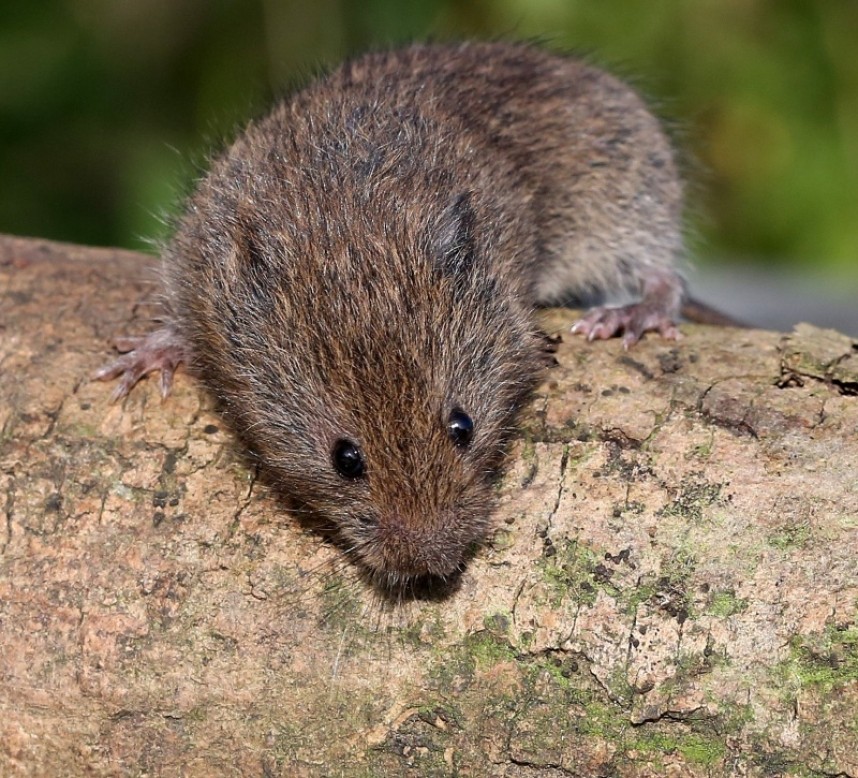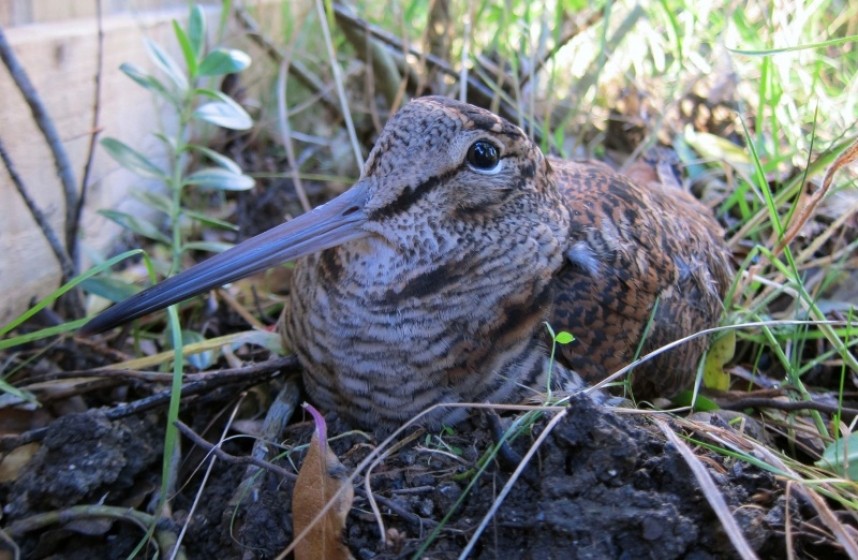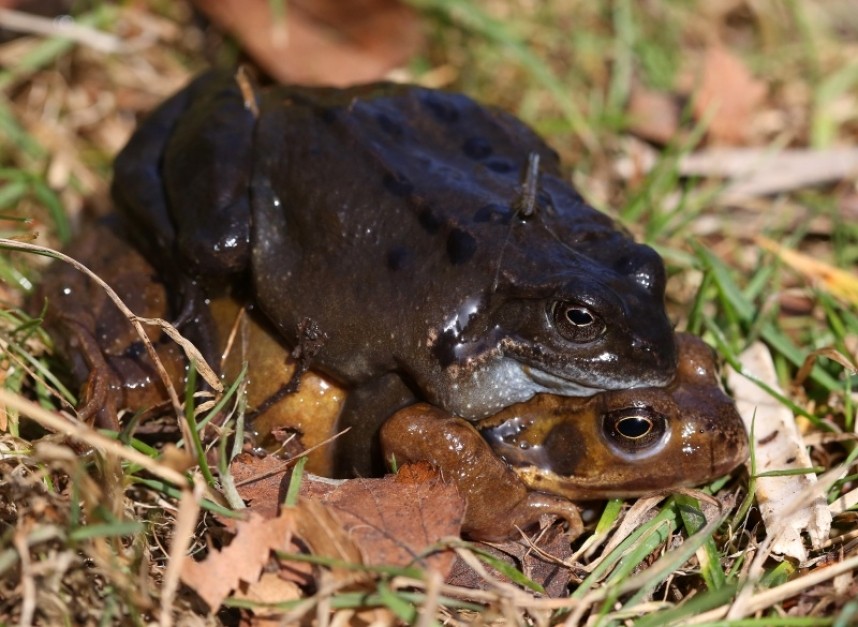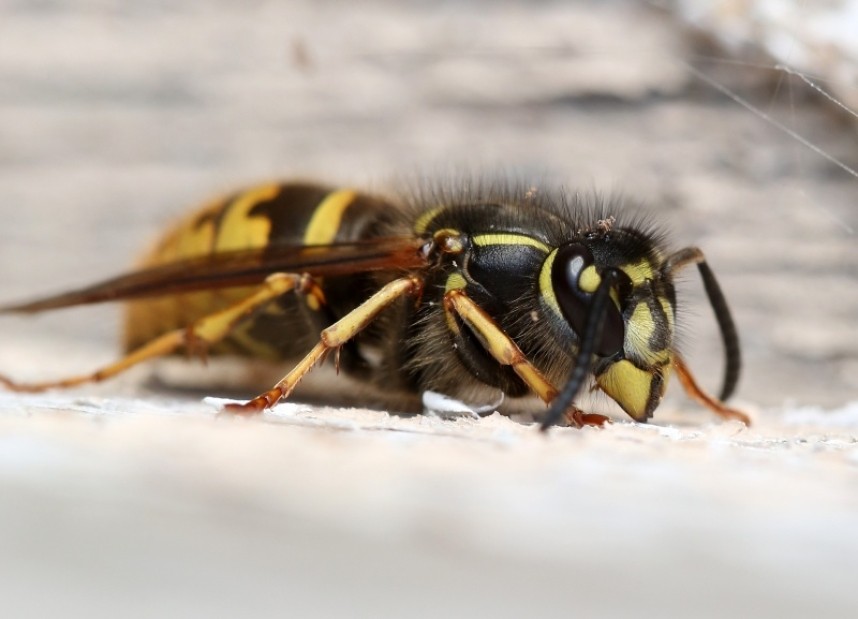What to Look Out For - February
In February many smaller mammals are trying to survive the winter with both bats and Hedgehogs still hibernating. Look out for Field Voles in areas of rough grassland as they become much more diurnal during cold weather. With natural food supplies running short, their close relatives, Bank Voles, will often visit bird feeders to gather spilt seeds. Most Badger cubs are born in February, after which adults reaffirm territories ready for mating. Since true pregnancy lasts only seven weeks, badgers are able to delay pregnancy for up to ten months until the following winter. As the month progresses Brown Hares will become a much more prominent sight in fields with increased boxing occurring as the breeding season gets into full swing.

Field Vole © Dan Lombard
Mistle Thrushes are nest-building and males sing from treetops even in high winds, hence the old name ‘Stormcock’. Woodcocks are often disturbed from sheltered places this month by people out walking and will disappear quickly in a zig-zag flight. On the Yorkshire Wolds it's a good time to see Red Kites which are still using roosts between Warter and Nunburnholme. Common Scoter is now such an uncommon breeding species in the UK that it is one of only two British ducks on the Red List, i.e. declining severely in numbers (the other duck species being Scaup). However, it is common offshore in winter, so scan the sea for rafts of this dark-plumaged duck.

Woodcock © Richard Baines
The end of February can mark the beginning of the amphibian breeding season in a mild winter with the first Common Frogs making their way back to breeding ponds. These early emergers are usually males establishing a breeding territory in anticipation of the females. Some males may bypass this migration by hibernating in the pond itself, risking a less stable hibernation site for a better chance of mating. Other amphibians, in particular Great Crested Newts, may also make their way back to ponds by late February. Male Adders and Common Lizards also start emerging from their hibernation sites and basking at the entrance in late February.

Common Frogs © Dan Lombard
Insects remain thin on the ground during February, with warm weather towards the end of the month increasing your chances of seeing an early queen bumblebee, wasp or butterfly. Peacock, Small Tortoiseshell and Brimstone are the most frequently seen of our early spring butterflies, with a chance too of Comma and Red Admiral.

Common Wasp (queen) © Dan Lombard
In woodlands small green flowers of the foul-smelling Dog’s Mercury may be observed and on waste ground Coltsfoot , which is related to Dandelion but has scaly stems. Unusually, the flowers always appear before the leaves. Towards the end of the month catkins are also emerging before the leaves of their trees: Goat Willow produces silver female catkins and, on separate trees, golden male ones (the distinctive ‘Pussy Willow’). Alder, which prefers damp places, has dangling yellow male catkins and smaller purplish female flowers.



 Back to Blog
Back to Blog
